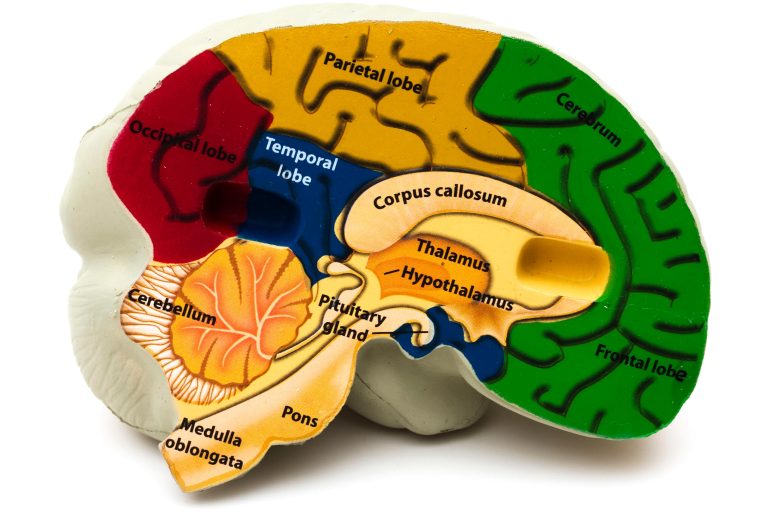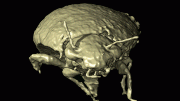Researchers at Indiana University and the University of Warwick found that people use the marginal value theorem to forage for memories much the same way as birds use it while foraging for berries on a bush.
Humans move between ‘patches’ in their memory using the same strategy as bees flitting between flowers for pollen or birds searching among bushes for berries.
Researchers at the University of Warwick and Indiana University have identified parallels between animals looking for food in the wild and humans searching for items within their memory – suggesting that people with the best ‘memory foraging’ strategies are better at recalling items.
Scientists asked people to name as many animals as they could in three minutes and then compared the results with a classic model of optimal foraging in the real world, the marginal value theorem, which predicts how long animals will stay in one patch before jumping to another.
Dr. Thomas Hills, associate professor in the psychology department at the University of Warwick, said: “A bird’s food tends to be clumped together in a specific patch – for example on a bush laden with berries.
“But when the berries on a bush are depleted to the point where the bird’s energy is best focused on another more fruitful bush, it will move on.
“This kind of behavior is predicted by the marginal value theorem, for a wide variety of animals.
“Because of the way human attention has evolved, we wondered if humans might use the same strategies to forage in memory. It turns out, they do.
“When faced with a memory task, we focus on specific clusters of information and jump between them like a bird between bushes. For example, when hunting for animals in memory, most people start with a patch of household pets—like dog, cat, and hamster.
“But then as this patch becomes depleted, they look elsewhere. They might then alight on another semantically distinct ‘patch’, for example, predatory animals such as lion, tiger, and jaguar.”
The study shows that people who either stay too long or not long enough in one ‘patch’ did not recall as many animals as those who better judged the best time to switch between patches.
In other words, people who most closely adhered to the marginal value theorem produced more items.
The study “Optimal Foraging in Semantic Memory,” published in Psychological Review, asked 141 undergraduates (46 men and 95 women) at Indiana University to name as many animals as they could in three minutes.
They then analyzed the responses using a categorization scheme and also a semantic space model, called BEAGLE, which identifies clusters in the memory landscape based on the way words are related to one another in natural language.
Reference: “Optimal foraging in semantic memory” by T. T. Hills, M. N. Jones and P. M. Todd, 2012, Psychological Review.
DOI: 10.1037/a0027373










Be the first to comment on "Researchers Discover People Forage for Memories in the Same Way Birds Forage for Food"